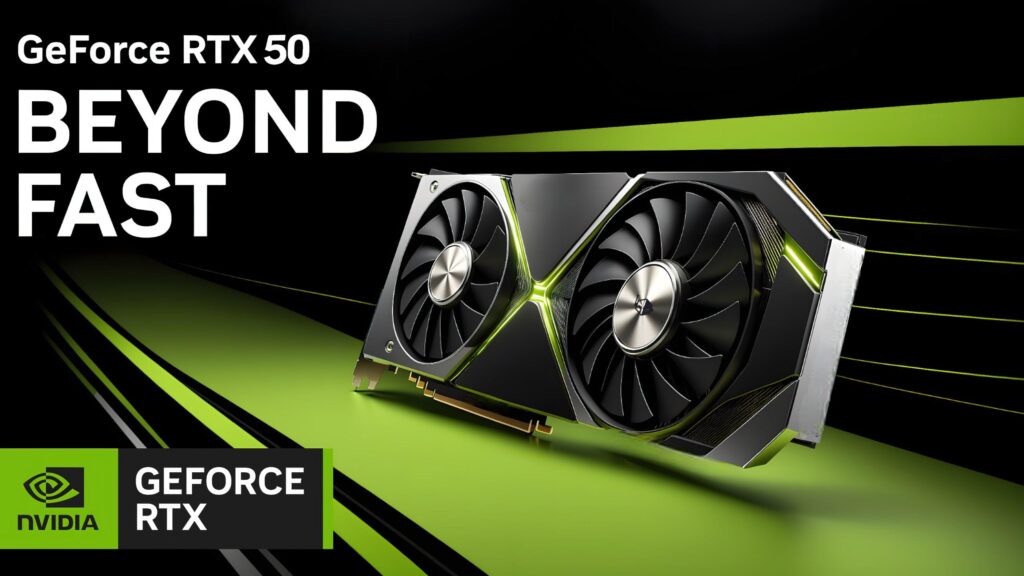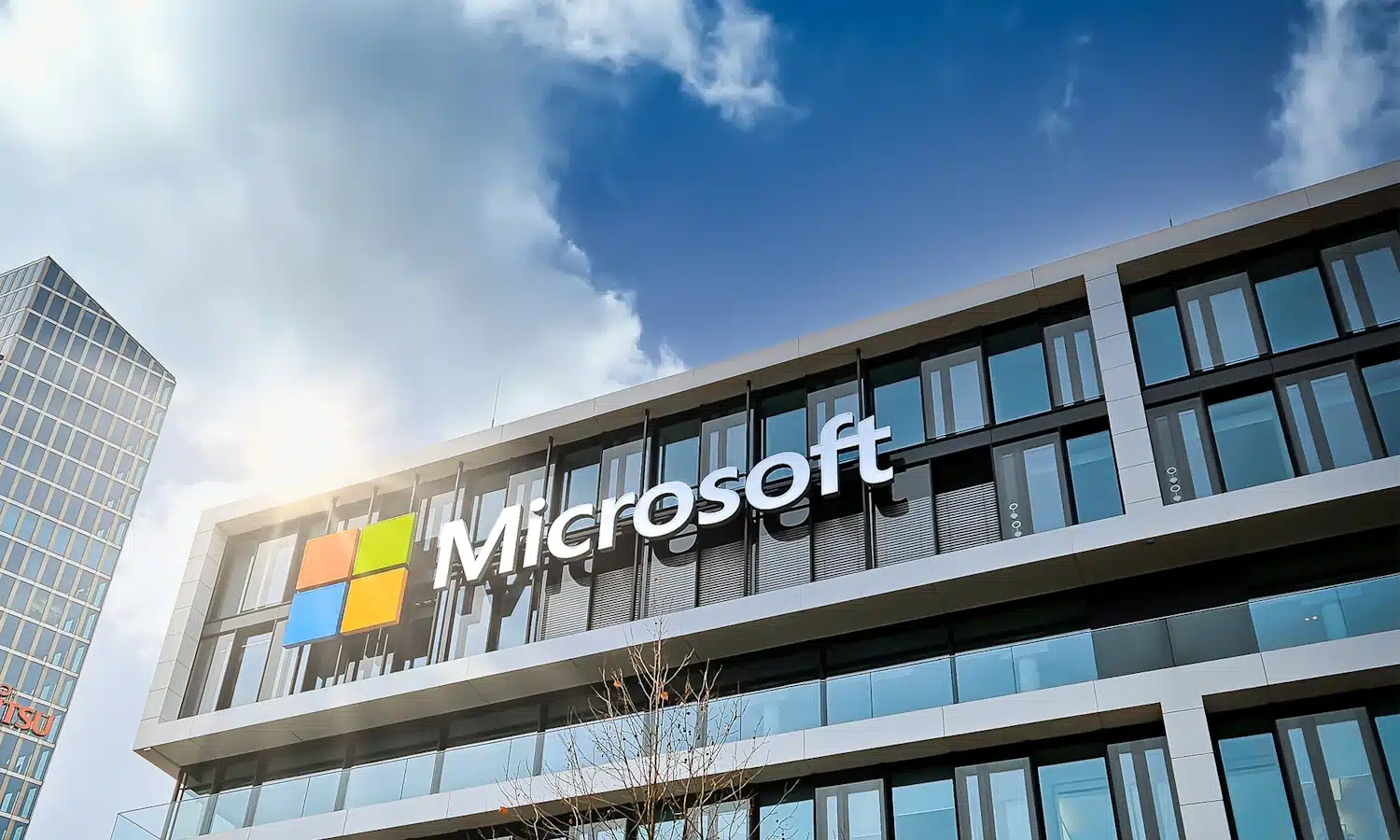
In the ever-evolving world of PC gaming and graphics, the highly anticipated Nvidia GeForce RTX 5000 series is set to make waves. Last month, well-known leaker kopite7kimi unveiled potential final specifications for the RTX 5080 and RTX 5090 models, generating excitement among enthusiasts. Recently, Wccftech also reported insights regarding the RTX 5070, further fueling the speculation. Nvidia is expected to unveil these graphics cards at CES in January 2025, with the first models—RTX 5080 and RTX 5090—hitting the shelves shortly after, followed by the RTX 5070 in February and the RTX 5060 in March.
Key Specifications and Performance Enhancements
The RTX 5090, in particular, showcases a significant leap in performance metrics. The most noteworthy upgrade is its memory interface, now boasting an impressive 32GB of video memory and a 512-bit memory bus, an increase from the previous 448 bits. Additionally, the number of shader units has escalated to an astounding 21,760. Nvidia may reserve even more potential for professional-grade cards, possibly equipping the GB202-300-A1 graphics processor with 24,576 shader units.
Comparing the specs of the RTX 4090 and RTX 5090 reveals stark differences:
| Feature | RTX 4090 | RTX 5090 (Leaked) |
|---|---|---|
| GPU | AD102-300-A1 / AD102-301-A1 | GB202-300-A1 |
| Codename | Ada Lovelace | David Blackwell |
| Shader Units | 16,384 | 21,760 |
| Streaming Processors | 128 | 170 |
| Memory Bus | 448 bits | 512 bits |
| Memory Type | GDDR6 | GDDR7 |
| Graphics Memory | 24GB | 32GB |
| TGP | 450W | 600W |
| MSRP | $1,599 | TBD |
Alongside the massive performance boost, the Total Graphics Power (TGP) has also surged from 450W to a staggering 600W, indicating not just greater computational capability but also a demand for more robust power solutions.
RTX 5080: Incremental Improvements
While the RTX 5080 is expected to feature a smaller enhancement compared to its predecessor, it still shows promise. Key differences include:
| Feature | RTX 4080 | RTX 5080 (Leaked) |
|---|---|---|
| GPU | AD103-300-A1 / AD103-301-A1 | GB203-400-A1 |
| Codename | Ada Lovelace | David Blackwell |
| Shader Units | 9,728 | 10,752 |
| Streaming Processors | 76 | 84 |
| Memory Bus | 256 bits | 256 bits |
| Memory Type | GDDR6 | GDDR7 |
| Graphics Memory | 16GB | 16GB |
| TGP | 320W | 400W |
| MSRP | $1,199 | TBD |
The RTX 5080 is anticipated to have a 15-25% performance increase over the RTX 4080, attributed to its upgraded architecture and faster GDDR7 memory. However, the increase in power consumption is modest, rising by just 50W.
The RTX 5070: Mid-Range Offering
For gamers looking for a more affordable option, the RTX 5070 aims to strike a balance between performance and price. Expected specifications include:
| Feature | RTX 4070 | RTX 5070 (Leaked) |
|---|---|---|
| GPU | AD104-250-A1 | GB205 |
| Codename | Ada Lovelace | David Blackwell |
| Shader Units | 5,888 | TBD (potentially 6,400) |
| Streaming Processors | 46 | TBD (potentially 50) |
| Memory Bus | 192 bits | 192 bits |
| Memory Type | GDDR6 | GDDR7 |
| Graphics Memory | 12GB | 12GB |
| TGP | 200W | 250W |
| MSRP | $599 | TBD |
The RTX 5070 maintains 12GB of memory while upgrading to GDDR7, which improves bandwidth significantly. Its TGP will increase to 250W, but exact performance metrics are still under wraps pending further leaks.
Conclusion: Pricing and Market Position
The pricing landscape for these upcoming GPUs is still unclear, but considering the RTX 4090’s current inflated market price—often exceeding $2,000—it’s reasonable to expect that the RTX 5090 will debut well above $2,000. Nvidia’s dominant market share, currently standing at 88%, suggests they have substantial leeway to set high price points, particularly as the RTX 5090 is poised to be the “fastest graphics card in the world.”
As we approach the CES unveiling, anticipation builds within the gaming community, eager to see how these new GPUs will shape the landscape of high-performance computing and gaming in 2025.




